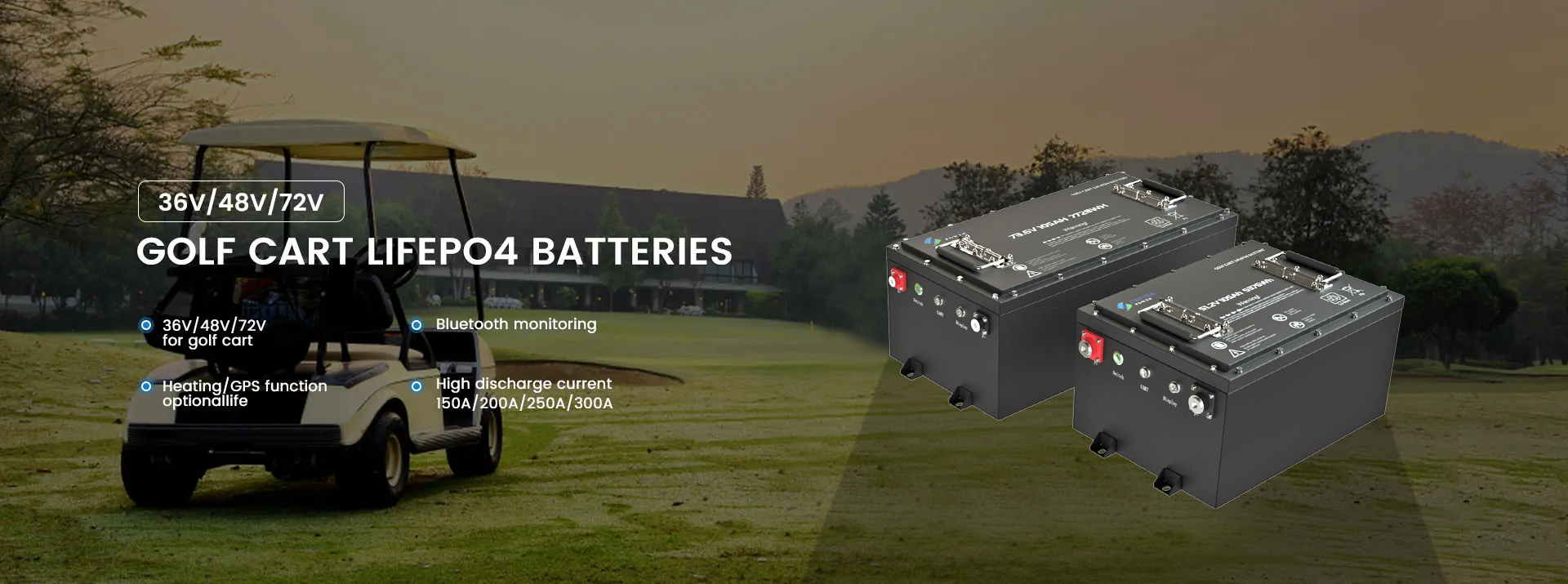Charging a deep-cycle marine battery requires the right equipment and approach to ensure it performs well and lasts as long as possible. Here’s a step-by-step guide:
1. Use the Right Charger
- Deep-Cycle Chargers: Use a charger specifically designed for deep-cycle batteries, as it will offer appropriate charging stages (bulk, absorption, and float) and prevent overcharging.
- Smart Chargers: These chargers automatically adjust the charging rate and prevent overcharging, which can damage the battery.
- Amp Rating: Choose a charger with an amp rating that matches your battery's capacity. For a 100Ah battery, a 10-20 amp charger is typically ideal for safe charging.
2. Follow the Manufacturer’s Recommendations
- Check the battery’s voltage and Amp-Hour (Ah) capacity.
- Adhere to recommended charging voltages and currents to avoid overcharging or undercharging.
3. Prepare for Charging
- Turn Off All Connected Devices: Disconnect the battery from the boat's electrical system to avoid interference or damage during charging.
- Inspect the Battery: Look for any signs of damage, corrosion, or leaks. Clean the terminals if necessary.
- Ensure Proper Ventilation: Charge the battery in a well-ventilated area to prevent the buildup of gases, especially for lead-acid or flooded batteries.
4. Connect the Charger
- Attach the Charger Clips:Ensure Correct Polarity: Always double-check the connections before turning on the charger.
- Connect the positive cable (red) to the positive terminal.
- Connect the negative cable (black) to the negative terminal.
5. Charge the Battery
- Charging Stages:Charge Time: The time needed depends on the battery's size and the charger's output. A 100Ah battery with a 10A charger will take about 10-12 hours to fully charge.
- Bulk Charging: The charger delivers a high current to charge the battery up to 80% capacity.
- Absorption Charging: The current decreases while voltage is maintained to charge the remaining 20%.
- Float Charging: Maintains the battery at full charge by supplying a low voltage/current.
6. Monitor the Charging Process
- Use a charger with an indicator or display to monitor the state of charge.
- For manual chargers, check the voltage with a multimeter to ensure it doesn’t exceed safe limits (e.g., 14.4–14.8V for most lead-acid batteries during charging).
7. Disconnect the Charger
- Once the battery is fully charged, turn off the charger.
- Remove the negative cable first, then the positive cable, to prevent sparking.
8. Perform Maintenance
- Check the electrolyte levels for flooded lead-acid batteries and top up with distilled water if needed.
- Keep the terminals clean and ensure the battery is securely reinstalled.

Post time: Nov-18-2024





